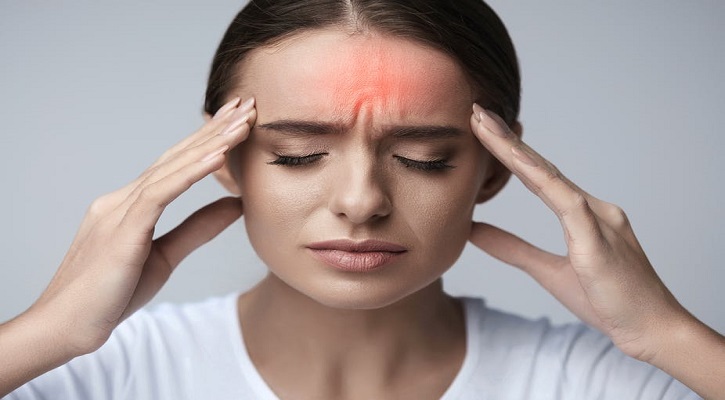
How to Identify a Primary Headache
- Womenscorner Desk
- September 15, 2020
A primary headache is pain that’s not caused by another issue. Instead, the headache itself is the issue to be treated. Three examples of primary headaches are migraine, tension, and cluster headaches.
Migraine headaches : A migraine headache will typically present as intense, throbbing pain on one side of the head. The person suffering from migraine may experience sensitivity to light, sound, and smell. They may have accompanying nausea, even vomiting. Migraines tend to be recurrent and each headache can last up to three days. The frequency of these headaches range from several times a week to once a year. Migraines are three times more common in females than males. Unfortunately for many, it’s a life-long condition.
Read More : Nature Calms For Your Nerves & Anxiety
The cause of migraine headaches is not fully understood, but there are often triggers. These can include stress, anxiety, sleep disruption, bright lights, loud noise, dehydration, hormone concerns, and as a side effect to certain medications. Migraine often runs in families, and are also more common in people with other conditions, such as depression and epilepsy.
Over-the-counter (OTC) medication, such as ibuprofen or aspirin, can potentially help pain or reduce the duration of the headache. Rest, a cool ice pack on the forehead, and drinking water is sometimes effective. Doctors can also prescribe medication to relieve nausea and vomiting. Migraine-specific combination prescriptions are available. Other headache management choices include dietary supplements, meditation, acupuncture, and even Botox injections in some cases.
Read More : What Are Microgreens?
Tension headaches : Tension headaches are one of the more common head discomforts that most people experience at some point. The pain of a tension headache is often dull, constant, and located on both sides of the head. There may also be a feeling of pressure behind the eyes or increased sensitivity to light and sound. These headaches commonly last from 30 minutes to several hours.
There is no known specific cause of tension headaches, though stress, anxiety, and depression are common triggers. Other possible causes include dehydration, lack of sleep or exercise, bad posture, as well as eye strain. OTC painkillers, such as ibuprofen, acetaminophen, and aspirin, are usually very effective in stopping or reducing tension headache pain. Other lifestyle changes, such as regular exercise, stretching, improved posture, acupuncture, and management of stress, anxiety, or depression may also be helpful.
Read More : Health Benefits of Kale
Cluster headaches : Cluster headaches are severe, recurrent headaches that are six times more likely to develop in men than in women. People describe an intense burning or piercing pain behind or around one eye. Other symptoms include watery eyes, swollen eyelids, blocked nose, or increased sensitivity to light and sound.
This pain usually presents suddenly and may last anywhere from 15 minutes to three hours. The hallmark of these headaches is their occurrence at the same time of day, often a couple of hours after falling asleep. Although the cause of cluster headaches is unclear, they more often occur in people who smoke.
Source : Google





